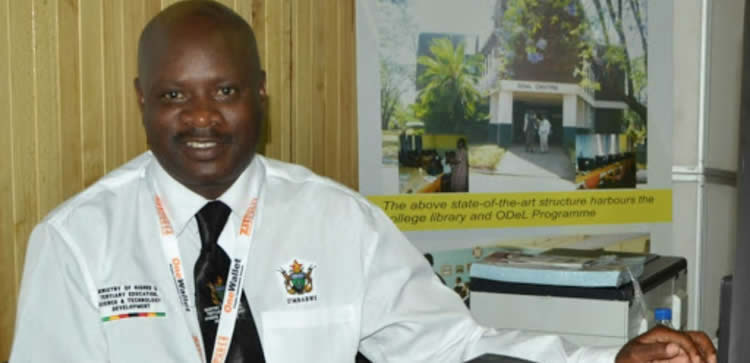
The Sunday Mail

Ishemunyoro Chingwere
GOVERNMENT efforts to promote local industries by restricting imports could have been a visionary intervention as other countries are beginning to look at the competitiveness of their own economies.
Statutory Instrument (SI) 64 of 2016, which became effective in June last year, removed more than 42 products that can ordinarily be produced on the local market from the General Import Licence, which allows goods to be imported and exported freely.
Local companies have, as a result, been able to breathe. And the national purse has been benefiting. Confederation of Zimbabwe Industries (CZI) vice president Mr Sifelani Jabangwe said the Zimbabwe Revenue Authority (Zimra)’s recent solid performance can only be ascribed to import restrictions.
“All developed countries developed under restrictive policies and when they got to a stage where their industries produced surplus than was needed by their local markets, that’s when they started preaching globalisation,” said Mr Jabangwe. “Open markets will not benefit Zimbabwe as it is still growing its industrial capacity and we are happy the IMF is no longer fighting protectionist policies. “If you look at the period from which SI 64 was promulgated, you will realise it coincided with Zimra beginning to surpass its tax collections because industry is growing and growing their remittances to Government at the same time,” he said.
Zimra’s first quarter gross revenue collections at US$862 million exceeded the initially forecasted target of US$813 million. Capacity in industry has since risen from 34 percent recorded in June last year to the current 47 percent, according to CZI.
But Harare’s move to restrict goods that can be imported onto the local market has ruffled some feathers in the region, especially South Africa, which feels restrictions go against the spirit of the Southern African Development Community (Sadc) Free Trade Area that was established in 2008.
In essence, the FTA is a precursor to the regional bloc’s drive to achieve a Customs Union, a Common Market and a Monetary Union.The process involves harmonising tariffs for the region. Government contends that Zimbabwe’s unique circumstances — since it has been under sanctions from the European Union and the United States of America for the past 18 years — require urgent intervention to protect local productive capacity.
This is not unique to Zimbabwe alone. Of the 15 Sadc member states, three — Angola, the Democratic Republic of Congo and Seychelles — are not part of the FTA. Angola, for example, wants time to recover from the 25-year civil war which began in 1975.
Overall, it might seem, the world is moving towards protectionist policies in order to deal with challenging economic circumstances. Ominously, a communiqué released by the International Monetary Fund (IMF) on April 22 after the Annual and Spring Meetings held in Washington did not, as is the norm, criticise protectionism.
Bretton Woods institutions — IMF and the World Bank — are usually swayed by the US’s foreign policy as Washington has the largest share of votes in the two key institutions. At the turn of the millennium, the US held 18 percent and 15 percent on the IMF and World Bank, respectively.
The Trump Administration is presently pushing the protectionist “America First” policy. There is a growing feeling around the globe that regional economic blocs are in some instances at variance with national development goals.
Britain has since invoked Article 60 to withdraw from the European Union, while Frexit, a similar movement in France, is gathering momentum. In Sadc, the pace of regional integration, which was expected to culminate in the formation of a Monetary Union by 2018, has been particularly slow.
However, Africa — in line with the 18th Ordinary Session of the Assembly of Heads of State and Government of the African Union, held in Addis Ababa, Ethiopia in January 2012 — continues to push for the establishment of the Continental Free Trade Area (CFTA) this year.
There is also an action plan on Boosting Intra-Africa Trade (BIAT) which identifies seven clusters: trade policy, trade facilitation, productive capacity, trade related infrastructure, trade finance, trade information, and factor market integration.
It is envisaged the CFTA will pool together 54 African countries with a combined gross domestic product of more than US$3,4 trillion. Government maintains the current import restrictions are temporary and will afford local industry the time to recover.
Though local companies are investing in retooling, challenges still remain in accessing money to recapitalize and expand operations.





